This guest post was contributed by Murad Bushnaq at Morweb.
Running an online fundraising campaign involves organization, the right tools and resources, and a lot of thought put into the planning process. By taking the right approach and using the technological tools available to you, you’ll be more likely to bring in the revenue you’re hoping for.
Beyond many of the fundraising best practices to keep in mind, you’ll find that certain features and tools should be incorporated into your campaign. Specifically, we’ll discuss:
- A User-Friendly CMS
- Peer-to-Peer Fundraising
- Mobile Responsiveness
- Matching Gifts
- Great Donation Pages
Using these tools can propel your fundraising campaign forward and generate the engagement you need to work toward your mission. Read on to learn how to make the most of each of these tools.
 1. A User-Friendly CMS
1. A User-Friendly CMS
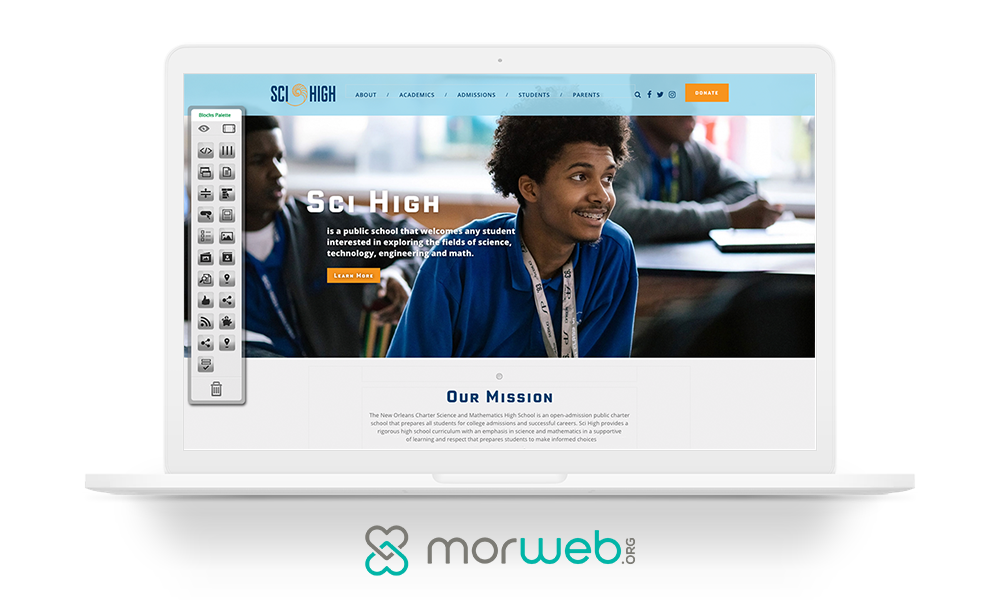
Having a user-friendly content management system (CMS) that can guide your staff through the nonprofit web development process is essential. Look for the following features so that your online fundraising campaigns will run smoothly:
- Easy content editing. Make changes directly on your web pages, rather than through the back-end. View how your page will look in real-time as you edit, which will ensure it looks exactly how you envisioned it.
- Drag-and-drop functionality. Build and rearrange sections on your web pages using drag-and-drop features. Choose from pre-built page templates and widgets to further customize your website’s layout.
- Storytelling features. Create posts with text, images, and videos, and give readers the option to share your content on social media to spread your message to their networks.
- SEO capabilities. In order to boost awareness of your cause, search engine optimization (SEO) features should be part of your CMS. This will allow you to edit meta titles and descriptions to make your website more searchable and boost your ranking online.
The easier your CMS is to use, the easier it will be to manage and grow your website. Make the presentation of your cause stand out with engaging imagery, customizable formatting, and other website tools that help communicate your nonprofit’s story. The setup process for your CMS should be user-friendly and reduce the stress that comes with creating or revamping an entire website.
For more tips on nonprofit web design, check out Double the Donation’s guide.
 2. Peer-to-Peer Fundraising
2. Peer-to-Peer Fundraising
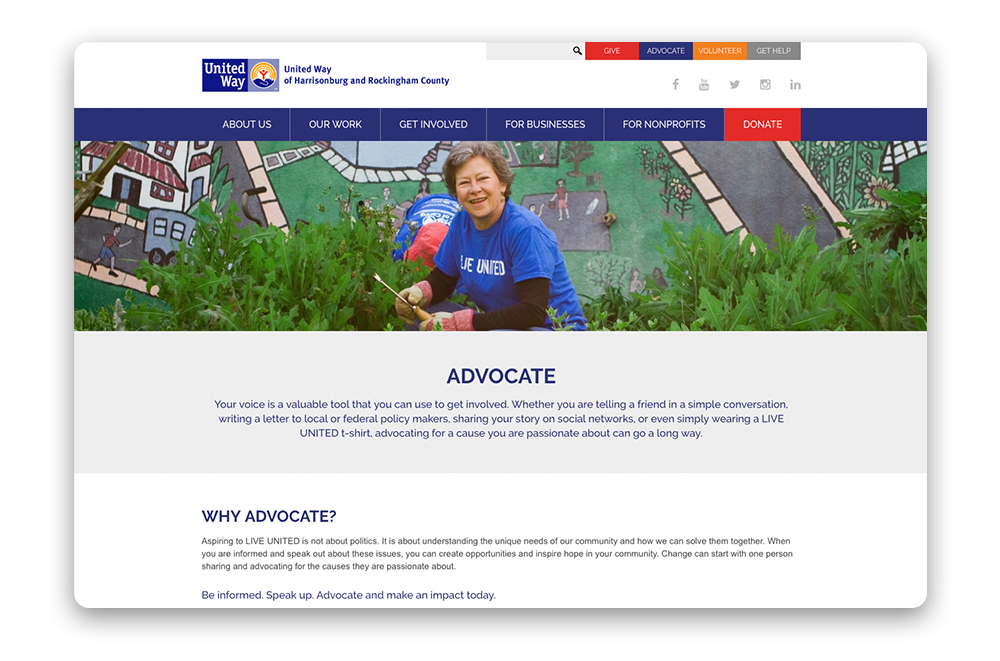
Peer-to-peer fundraising involves nonprofits calling on their supporters to fundraise on their behalf. With the right fundraising platform, you can easily track your campaign’s progress, communicate with your participants, and even incorporate gamification techniques.
Here’s how peer-to-peer fundraising works:
- The nonprofit determines its campaign goal and chooses a fundraising platform to set up its main campaign page.
- The nonprofit recruits volunteer fundraisers to set up their own individual campaign pages.
- The nonprofit provides its volunteer fundraisers with resources to use while promoting their pages.
- The volunteer fundraisers share their campaign pages on a variety of platforms.
- The nonprofit tracks the campaign’s progress and provides ongoing support and resources to the volunteer fundraisers.
Through a peer-to-peer fundraising campaign, you can maximize your online donation revenue because you’ll expand beyond your typical circle of donors. Your volunteer fundraisers will match their faces to your cause, giving their friends and family a familiar connection and a compelling reason to give.
Peer-to-peer fundraising can also prove to be effective in other ways. For example, you can further bring in donations via:
- Gamification techniques, such as fundraising thermometers and leaderboards. Encourage friendly competition among your participants to see who reaches specific milestones first.
- Offering templates for your volunteer fundraisers to use and personalize. This will ensure they communicate the information you need them to, but also allow them to explain their personal connection to your cause.
- Encouraging volunteer fundraisers to personalize their campaign pages with videos and photos to demonstrate what your cause means to them.
Using peer-to-peer fundraising is a great way to maximize your online fundraising results. Raise more awareness for your cause by tapping into people’s natural affinity for the interests and passions of their loved ones. If you’re looking for the right platform, check out this list of top providers.
 3. Mobile Responsiveness
3. Mobile Responsiveness
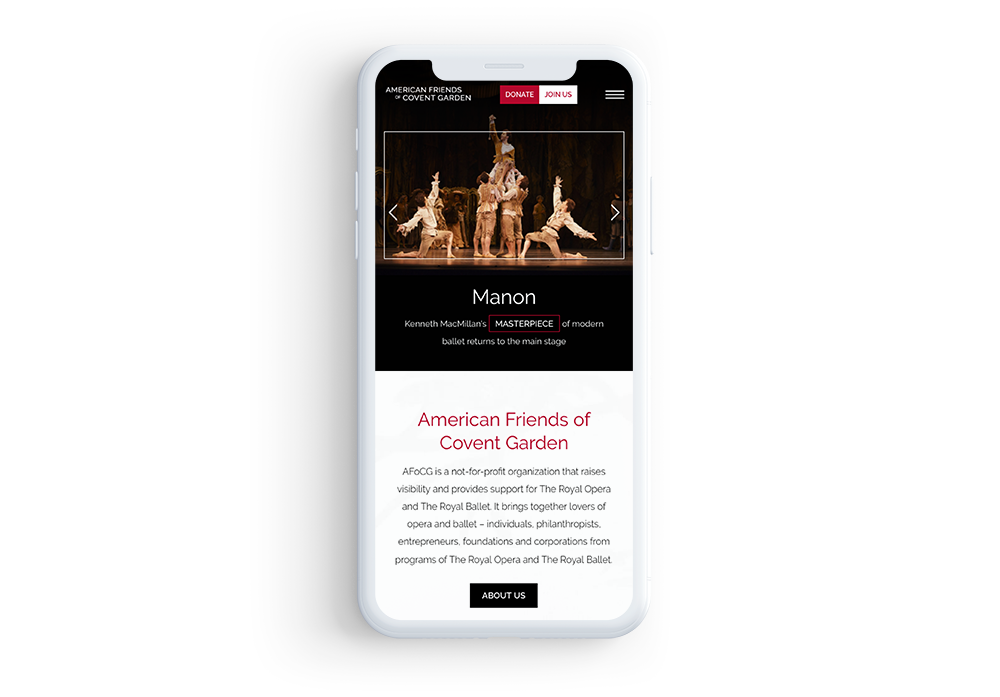
In order to give your web visitors a good mobile experience, you should:
- Build your website using a nonprofit CMS that offers mobile-responsive templates.
- Ensure each page, including your donation page, is optimized for mobile.
- Optimize your images and video to increase page speed by resizing and compressing your media.
By taking measures to improve your visitors’ mobile experience, your donation conversion rate will increase as a result of the ease and convenience of it. If you don’t consider the mobile-responsive capabilities of your CMS as a top feature, you may miss out on a large portion of potential donors.
 4. Matching Gifts
4. Matching Gifts
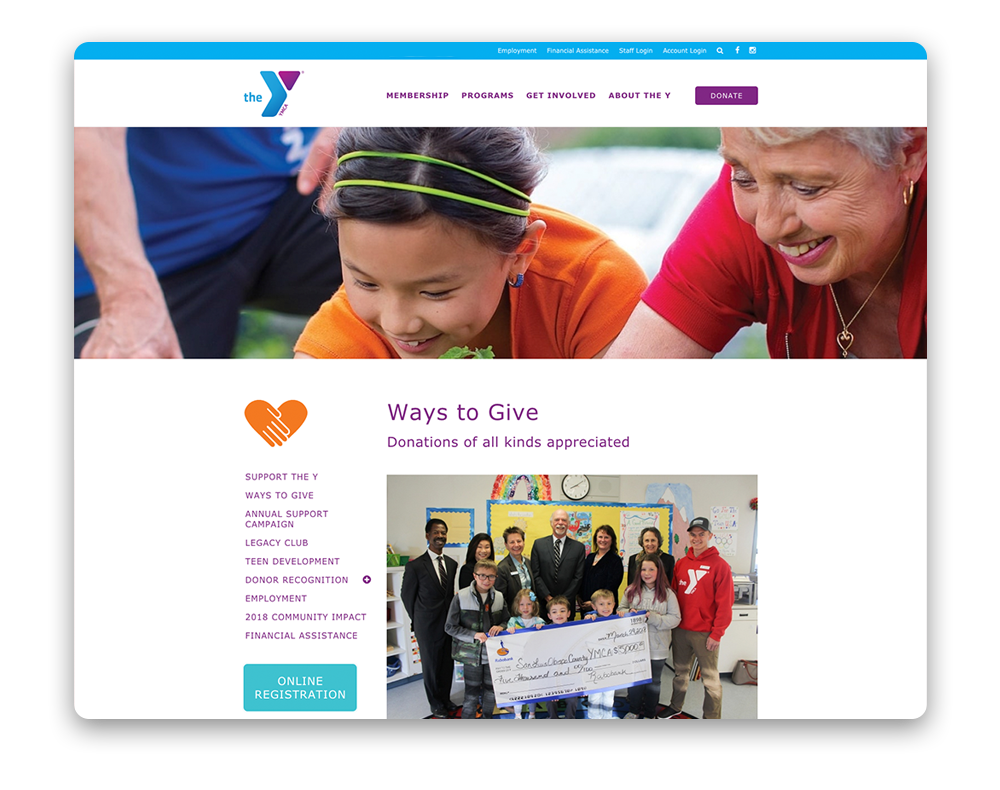
Nonprofits can pursue matching gifts more efficiently by using a matching gift database, which can be embedded directly into your organization’s website. These resources contain comprehensive data on companies that will match their employees’ donations to eligible nonprofits.
In order to help your donors obtain this information, you can:
- Embed a matching gift search tool somewhere on your website, such as on your donation page or on the confirmation page.
- Encourage donors to look up their matching gift eligibility using the search tool.
- Include a matching gift informational page on your website to educate your web visitors about matching gifts. This can be easily added using the right CMS.
Matching gift programs are more common than donors may realize. Use these programs to your full advantage by promoting them to your web visitors, especially during your online fundraising campaigns.
 5. Great Donation Pages
5. Great Donation Pages
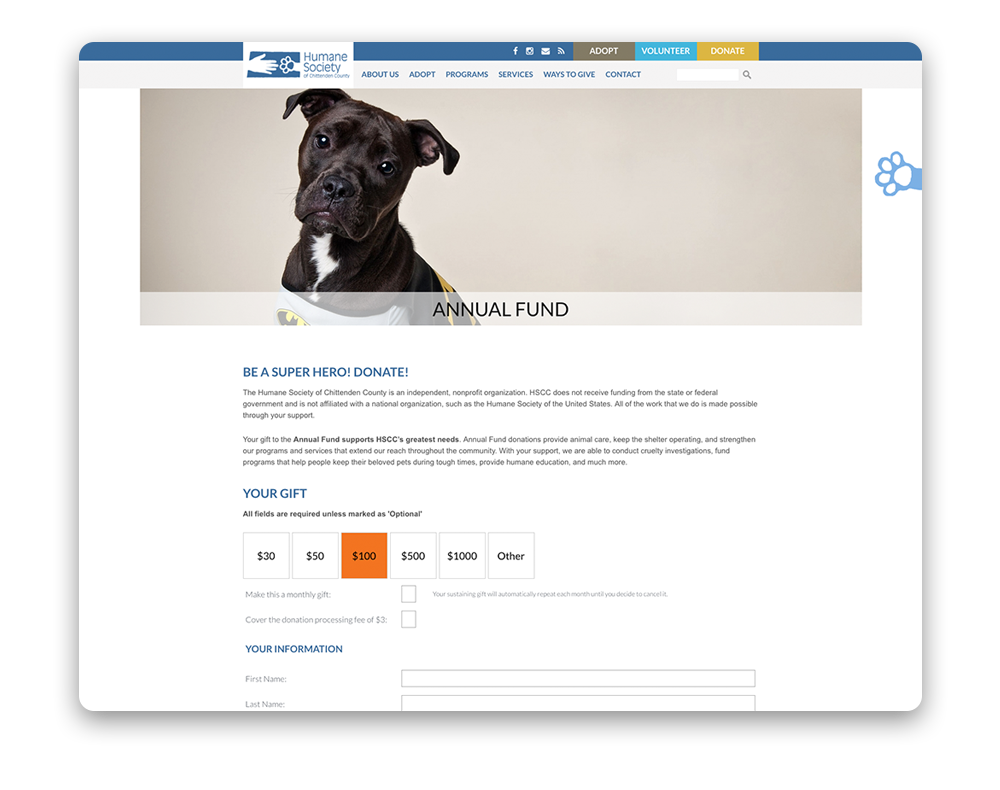
When designing your donation page, be sure to:
- Make it obvious how donors can give. According to Morweb’s guide to nonprofit web design, you should design your website so that it directs visitors to your donation page. Include clear buttons or other CTAs throughout your website that direct visitors to where they need to go to donate.
- Tell your story. At the top of your donation form, relay your mission in a compelling and informative manner to help create an emotional connection with your cause
- Keep the required fields to a minimum. Filling out too many fields can quickly become tedious for your donors and may cause them to abandon their gifts altogether. Only ask for the information you need, including contact and payment details.
- Brand the form to your organization. Rather than redirecting donors to a third-party site to complete their gift, use a form that can be branded to your organization and created or embedded through your CMS. This way, donors will be more likely to trust that their gift is going to your organization, rather than somewhere else (like a phishing scam).
- Thank your donors. Direct your donors to a thank-you page after they’ve completed their donation to keep them engaged and feeling appreciated.
Your donation page is a key player in driving revenue during fundraising campaigns. If it’s not presented in a way that relays your mission and offers a compelling reason to give (or if it’s too long or complicated), you’ll miss out on many giving opportunities.
Incorporate these donation page best practices into your online fundraising campaign and you’ll be well on your way to raising more funds for your cause.
Equipped with the right tools and resources, your online fundraising campaign has the potential to meet your campaign goals, strengthen your brand online, and get you closer to achieving your mission.
By focusing on your web design strategy, calling on your supporters to help you fundraise, optimizing your site for mobile, offering a gift-matching database, and perfecting your donation page, you’ll be ready to maximize your results! Keep these tools in mind as you begin your next fundraising campaign.
About the Author
Murad Bushnaq is the Founder and CEO of Morweb. Since its inception in 2014, Murad has acted as Creative Director and Chief Technologist to help nonprofits spread their vision online through engaging design, intuitive software and strategic communication.
 1. A User-Friendly CMS
1. A User-Friendly CMS 2. Peer-to-Peer Fundraising
2. Peer-to-Peer Fundraising 3. Mobile Responsiveness
3. Mobile Responsiveness 4. Matching Gifts
4. Matching Gifts 5. Great Donation Pages
5. Great Donation Pages


